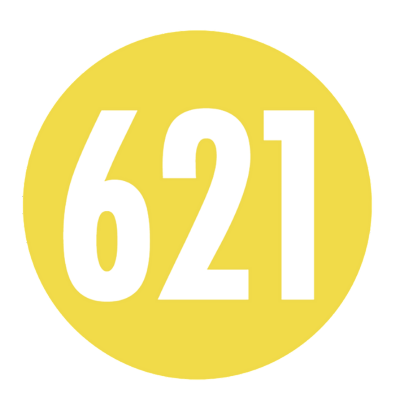ARNY NADLER
I am obsessed with the predicament of the human form, both its fragility and its dominance in the environment. The son of an immigrant tool and die maker who was permanently paralyzed in a factory accident, I grew up preoccupied with the notion of wholeness—of body and place. Making sculpture has always been my way of understanding the world.
I was trained at a very young age to look carefully at how things work, to steal with my eyes (as my father put it) while poring over the shops and drafting tables of his industrial practice. As I developed as an artist, the scope of these observations extended beyond tools and machines to the intricacies of living form.
My sculptures and works on paper investigate the body in a state of ambiguous metamorphosis, struggling to adapt to challenges and hostilities that originate within the body and from an unpredictable and evolving environment. What, specifically, they are becoming is not very important—that they are on their way toward an unknown conclusion is. Some of the figures are grotesque, some are alluring, and some are both. Drawing on human and animal bodies, these almost otherworldly figures precariously gesture, as if even they don’t know what they truly are.
The drawings began as a warm up exercise, to quickly experiment with the fluidity of form without the constraints of gravity and the inherent challenges of working with clay. The drawings and sculptures now develop symbiotically, each influence how I see and make the other.
I work in clay for its mutability and plasticity. Many of my sculptures are formed by grafting individual parts together in a manner that nods at structural order but disregards anatomical and proportional correctness. Irregular outgrowths in the material signal erratic germination or atrophy—a misfiguration of appendages. Limbs that don’t appear to work often-times take on pronounced roles in the visual hierarchy I assemble. The resulting forms are often simultaneously heroic and absurd—they acknowledge the limitations of the body and flout conventional response systems. Where traditional figurative sculpture often captures a predictable motion in time and space, my work changes as the viewer moves around it. What happens on one side might be wholly unanticipated on the other. By working against symmetry, I defy the expectations of wholeness for the body. Their stilled and puzzled nature is my grasping for truth or a viable system to make things whole.







